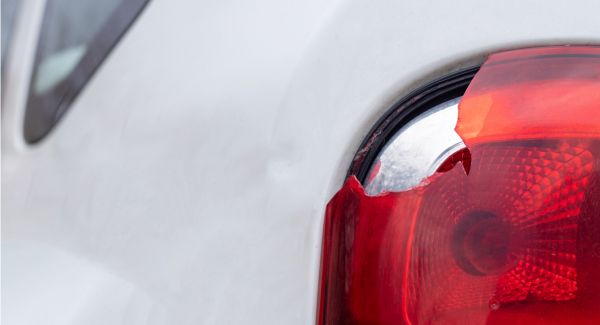Car accidents can be stressful, and the aftermath often leaves drivers wondering just how much damage has been done to their vehicle. At our collision auto body repair shop in Wenatchee, we see a wide range of repairs every day—some small and cosmetic, others major and structural. Understanding the most common types of collision damage can help you know what to expect and why professional repair is so important.
1. Bumper Damage
Bumpers are designed to absorb impact, which makes them one of the most frequently damaged parts of a vehicle. Even a minor fender-bender can leave scratches, dents, or cracks. Depending on the severity, our technicians may use paintless dent repair for small dings, replace the bumper entirely, or refinish it with factory-matched paint to restore its original look.
2. Dents and Dings
Hail, parking lot mishaps, and low-speed collisions typically result in dents and dings. Many of these can be fixed with paintless dent repair, a process that restores the panel without the need for sanding, body filler, or repainting. This cost-effective method keeps your factory finish intact while eliminating visible imperfections.
3. Frame Damage
One of the most serious types of collision damage involves the vehicle’s frame. A bent or misaligned frame can compromise safety and drivability. Our shop uses computerized measuring systems to identify misalignments and hydraulic equipment to restore the frame to factory specifications. Proper frame repair is essential for protecting you and your passengers on the road.
4. Paint Scratches and Chips
Scratches may seem minor, but they can quickly lead to rust if left untreated. Professional refinishing not only improves appearance but also protects the vehicle’s surface from long-term damage. Our collision repair technicians use precision paint-matching technology to ensure a seamless finish.
5. Suspension Damage
Collisions can easily damage suspension components, especially if the impact occurred at the wheels or undercarriage. Signs of suspension damage include uneven tire wear, poor alignment, or unusual handling. At Earhart's, we inspect and repair these components to restore safe, smooth performance.
6. Glass and Light Damage
Shattered headlights, taillights, or cracked windshields are common after an accident. Beyond aesthetics, damaged glass and lights can compromise visibility and safety. Our technicians replace these components quickly so you can get back on the road safely.
Why Professional Collision Repair Matters
Even small accidents can cause hidden damage that impacts safety, performance, and vehicle value. At Earhart's, we have the expertise, tools, and training to identify these issues and fix them properly. From restoring frame integrity to matching paint with precision, professional repair ensures your vehicle is safe, reliable, and looking its best.
Come see us in Wenatchee, WA!
If your vehicle has been in an accident, don’t wait to address the damage. Contact our collision repair shop at (509) 663-3600 for a professional estimate. Our certified technicians are here to restore your vehicle with expert care and attention to detail.

